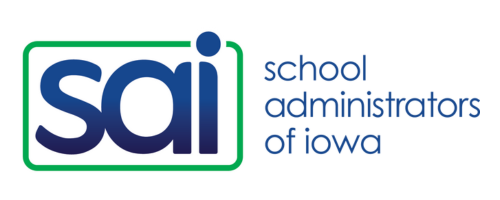7 Tips to Spend Less Time on Email
Date postedDecember 17, 2024
Save time and energy by employing these simple strategies adapted from FranklinCovey.
- For messages that require responses from many people, use group chat or a tool to reduce email replies. Consider the following tools based upon your needs. For example, if you’re:
- Raising a question for discussion: Consider using group-chat tools like Teams or Slack (or even a Google Doc) to let everyone provide comments and exchange ideas prior to a meeting. For example, you might post, “Please share your initial thoughts on this idea here, then let’s discuss in Friday’s team meeting.”
- Requesting feedback or input on a proposal or document: Use a shared document or spreadsheet. For example, you could assign columns in a Google Spreadsheet for people to provide comments. Also consider whether you can use shared docs instead of emails for regular communications, such as updates or meeting agendas.
- Scheduling: Take advantage of features in Google Calendar, or use a free meeting scheduler like Doodle. Don’t clutter your Inbox with strings of replies as you try to find a common date.
- Leverage the subject line in your email. Indicate what you need, by when, and the urgency. It will allow for recipients to skim and prioritize.
For example: “FYI, subs in the building today” signals the information available, doesn’t require a response, and can be read as needed.
“Respond by Friday, December 20: Winter Potluck” or “Urgent: Please complete report cards/grades” make it clear you need a response by a certain time. To avoid misunderstandings, include both the day of the week and the date for deadlines and meeting times. - Stop hitting reply (or worse, reply all) just to say “Thanks” or “Sounds good.” Many emails don’t truly require a response, but we send one anyway out of habit, to assure the sender the message was seen, or to show appreciation in a surface way. To help break the habit, first explain to people you email frequently that you’d like to reduce unnecessary email (so they don’t think you’ve stopped replying “thanks” because you’re suddenly not appreciative).
Then, be specific in your emails when you don’t want a response—for example, “No need to respond, but I want to let the BLT know that our meeting has been moved to Friday.” - If you’re forwarding a long email thread, summarize the main points for people. Not only are long email threads visually overwhelming, but the order of the messages within them can feel confusing. What’s the most important stuff you want people to take away? Make your perspective clear. For example, you might write, “Please see the last three messages, where the parent explains what has been going on for X” or “There’s context below, for reference, but the bottom line is that we will be moving forward with the behavior plan for X.”
- When you CC people, make it clear why you’re including them—and drop nonessential recipients from any threads that follow.
In some cases, you may be sending the same email to different people for different reasons. Some reasons are obvious, and some are not. Remove guesswork with a quick explanation at the top of your email, for example:
“Dana: Here’s the data for the IEP meeting.
Al: Included are the modifications for your literacy block.
For everyone else: FYI.”
If you need to respond to these kinds of emails, consider whether you can spare the team a few emails by responding only to the sender, or at least dropping the FYI recipients (by either deleting them from your reply all or, if it’s appropriate to notify them, by moving them to the BCC field and letting them know.)
And be clear with your team when it’s appropriate to drop you from email threads. For example, “Once I’ve approved the plan, please move me to BCC.” - Organize the content of your emails in list form to make them faster to read and respond to.
A few tips to improve your lists:
- Try to keep each bullet point short.
- Especially if you need a response, number your points (instead of using bullets) so the respondent can refer to the specific numbers.
- Present your material in descending order of importance.
- If you have a long list, consider adding a line space between items so they stand out. - Use a shared Google Doc to post links to interesting articles and resources you encounter and then reference the list in a weekly or monthly staff update rather than pass along each article or idea every time you encounter one. When the principal passes something along, staff often feel the need to respond--keep this in mind when you choose to email.
Read the full article here (subscription may be required).
